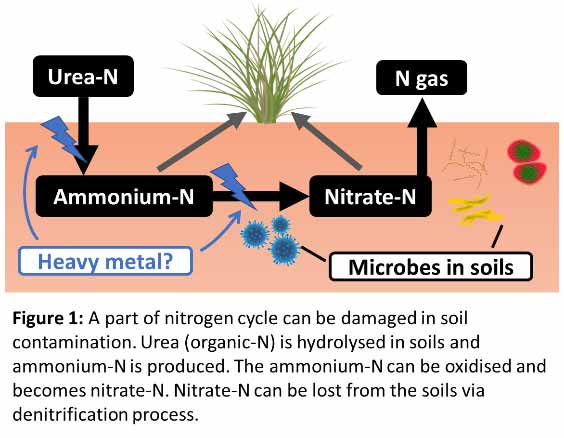Yoshitaka Uchida
Hokkaido University, Japan
Title: Fate of 15N labelled urea in a soil contaminated by heavy metal containing dust: An incubation study using a mine slag sampled from Kabwe city, Zambia, Africa
Biography
Biography: Yoshitaka Uchida
Abstract
Statement of the Problem: Heavy metal contamination of soils is a global issue, particularly around mining sites. The heavy metals can decrease plant and microbial activities in soils and this can be an issue to recover the slag (mine waste) damping site using plants. With decreased plant and microbial activities, nutrients such as nitrogen (N) cannot properly cycle in soils. In N cycle, organic-N such as urea is decomposed in soils by microbes and becomes available to some plants as ammonium (NH4+). Ammonium-N can further be oxidized by nitrifying microbes and becomes nitrate-N (NO3−-N). These processes are extremely important in soils and must be maintained in soil. Thus, the purpose of this study is to evaluate soil microbial activities with increasing contamination levels by a slag.
Methodology & Theoretical Orientation: We conducted an incubation experiment to investigate the effect of slag containing Pb and Zn (100‒3000 and 54‒1620 mg/kg respectively), sampled from a site formerly used as a lead and zinc mine. After two weeks of the pre-incubation, 15N labeled urea (500 mg-N/kg) was added to the soil. Then changes in bacterial relative abundance, the concentration and 15N ratio of NO3−-N and NH4+-N were measured.
Findings: Increasing ratio of slag to soil had a stronger negative effect on nitrification. The bacterial community was significantly influenced by the presence of slag. Firmicutes had a positive and Planctomycetes had a negative correlation with the concentration of heavy metals.
Conclusion & Significance: We concluded that increased contamination levels by a slag in soil had a considerable impact on N dynamics in the soil. However, the sensitivities of the N cycle processes markedly varied. Mechanisms behind this variability needs to be further studied.


